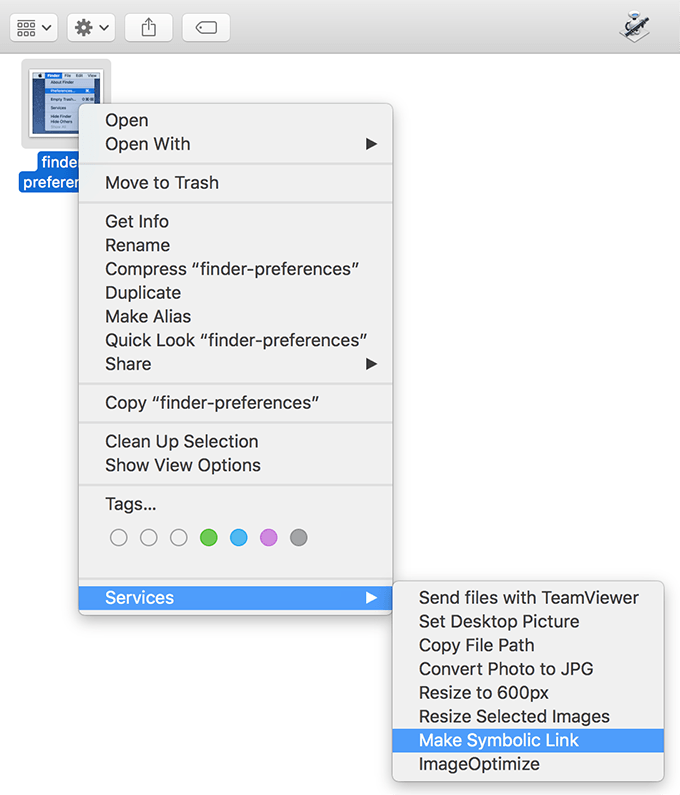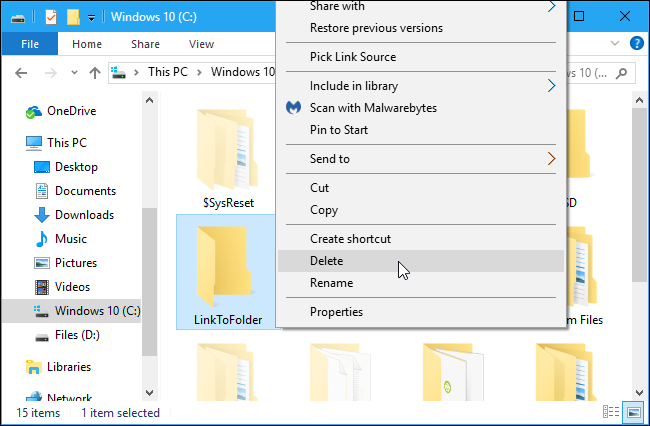

- #How to create new folder on mac inside program file windows 7#
- #How to create new folder on mac inside program file windows#
Remove the “f” if you don’t want to risk deleting something that may produce an error. The command for “rm” means to remove, the flag “R” is recursive which will allow you to delete the contents of a directory, and “f” means force, causing the Terminal to delete the file regardless of the error it may cause. Is this possible If yes, please let me know how. if given folder does not exist, then the program should create a new folder with folder name as given in the program. Figure E rm -Rf /Users/UserName/Desktop/filename I want to put output information of my program to a folder. Be sure that there is a space between rm -Rf and the directory path. This provides the file’s destination so that you don’t have to type it manually. Then Drag the file ( filename) from your Desktop into the Terminal window and release. Now that we have created this filename file, lets delete it! With your Terminal still open, type the following at the command prompt: rm -Rf Touch filename Figure D Figure D Deleting files using the Terminal If you want to know what directory you are in at any time, type pwd at the command prompt. To change your location within Terminal, simply type at the command prompt: cd Desktop/ Figure B Type the first couple of letters of the word Desktop and press tab to auto complete the directory name. I’ll be using the Desktop for this example but you can place it in any location that you like. Once open, you want to change your location from your User folder to the location where you would like to place the file. To create a blank file with no associations or data, start by navigating to Utilities | Applications folder and double-click the Terminal.app. With that in mind, be certain that the files you wish to eliminate are indeed the files you intended to remove. After deleting a file with the Terminal, there is no way to retrieve it. Here is a helpful terminal tip for creating and deleting files that I often find creative uses for.Ī word of warning for those of you who are not familiar with the Terminal.app: Keep in mind that when using the Terminal to delete things that it is really easy to delete something that you didn’t intend to.

Other times, I just need a file that contains no data and is not associated with any applications.

Sometimes, however, I want to delete something permanently, as I know for sure that there are no future uses for it. I feel that if I deleted anything prematurely that there may be a version or an image that I can still dig out in a time of need.
#How to create new folder on mac inside program file windows#
Be sure to run the program as administrator in Windows 7, Vista, and Windows 8, otherwise the option is not added to the context menu.I as a web developer I personally love to keep a ton of things in my Trash.
#How to create new folder on mac inside program file windows 7#
However, we tested it on a Windows 7 Ultimate, 64-bit machine and it worked fine.

Officially, Files 2 Folder supports only 32-bit versions of Windows XP, Vista, and Windows 7. The folder is moved to a new folder that is named the same as the selected folder with a tilde (~) added to the end of the name. To move a folder into a new folder, right-click on the folder, and select Files 2 Folder from the popup menu. You can also move folders into other folders. In the selection dialog, create a new folder, rename it accordingly, then click Select Folder. The following image shows an example of choosing the first option and moving all selected files into a new folder with a name you specify. Select File > Open Folder (or File > Open in macOS) from VS Code’s main menu. In all three cases, the files are automatically moved (not copied) into their respective folders. To move a list of files with different file extensions to separate folders based on the extensions, select the third option, Move each file to subfolders based on their file extensions. To move files to separate folders based on their names (not counting the extensions), select the second option, Move each file to individual subfolders based on their names. To move all the files to one new folder, select the Move all selected items into a subfolder named option and enter a name for the new folder in the edit box. If you select multiple files, right-click on them, and select Files 2 Folder, a dialog box displays, asking what you want to do. If you want to move one file to a new folder, right-click on that file and select the Files 2 Folder option from the popup menu.Ī new folder is created with the same name as the file (without the extension) and the file is moved (not copied) into the folder. Double-click the shortcut to do so.Ī message displays that the shell extension was unregistered. Once you’ve added the Files 2 Folder option to the context menu, a shortcut is added to the same folder containing the Files2Folder.exe file that allows you to unregister the shell extension, should you want to. A confirmation dialog box tells you that the Files 2 Folder menu option has been added to the context menu for Windows Explorer.


 0 kommentar(er)
0 kommentar(er)
